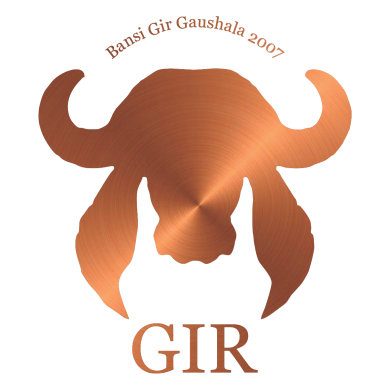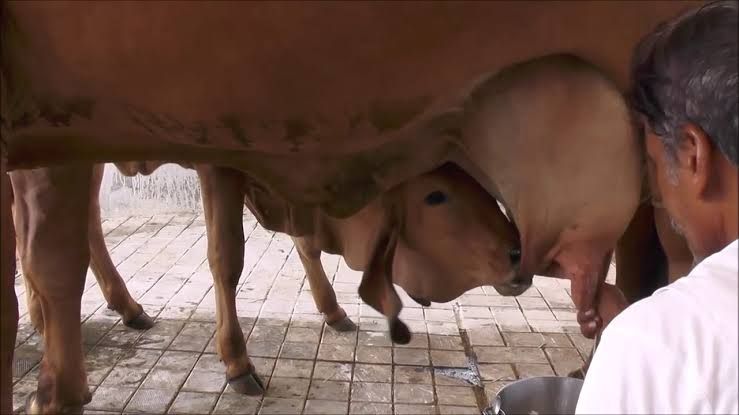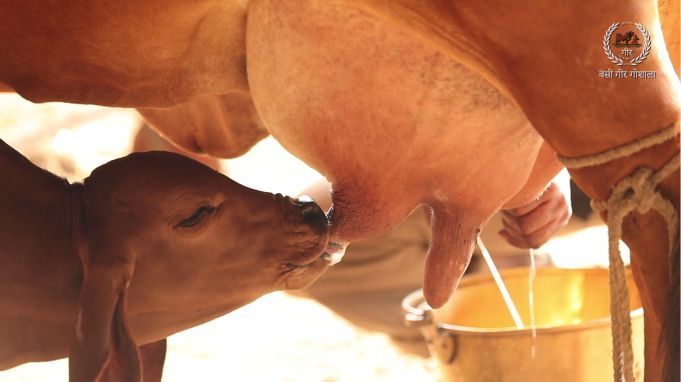What happens when we follow dohan?
3 October, 2019
by

Suryan Organic
By Bansi Gir Gau Veda
‘Dohan’ was followed scrupulously
in ancient Bharat and up to pre-independence, but later lost acceptance with
dwindling farm incomes and excessive commercialism. We are helping to re-establish
this practice, which has many practical benefits for modern society.
With the advent of modern scientific
advances in dairy industry, the traditional human-Gomata touch involved in ‘dohan’
further depleted with milking machines. Gomata gradually lost Her position as
the Mother, as interference from scientific ‘innovations’ further interfered
with Her independence – those interventions which were designed to stimulate
breeding and increase milk production. The rest as they say is history. Today,
urban consumers remain largely and blissfully unaware about the condition of
Gomata, and the ethical, spiritual as well as practical repercussions it has it
their own lives and health.
3) Earlier maturity of calves –It
has been observed that calves who feed on their Mothers under the process of ‘dohan’
attain maturity much earlier compared with conventional dairy calves that don’t.
We also strongly encourage
consumers to visit the Gaushala or farmers from whom they buy ghee or other
panchgavya (milk, curd, ghee, gomutra, gomaya) products, offer their
encouragement & support for undertaking paramparic gopalan, and gain the
benefits of being physically close to Gomata. Gomata has a very special divine
aura which modern research proves has very calming and healing effects. We
believe paramparic gopalan and Ayurveda were among the most important secrets
behind the physical strength, intellectual vigour, creativity and longevity of
our ancient forefathers in Bharat.
Suryan Organic
3 October, 2019


